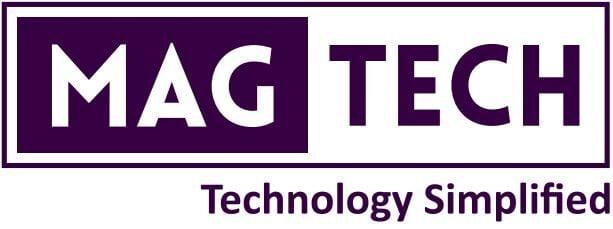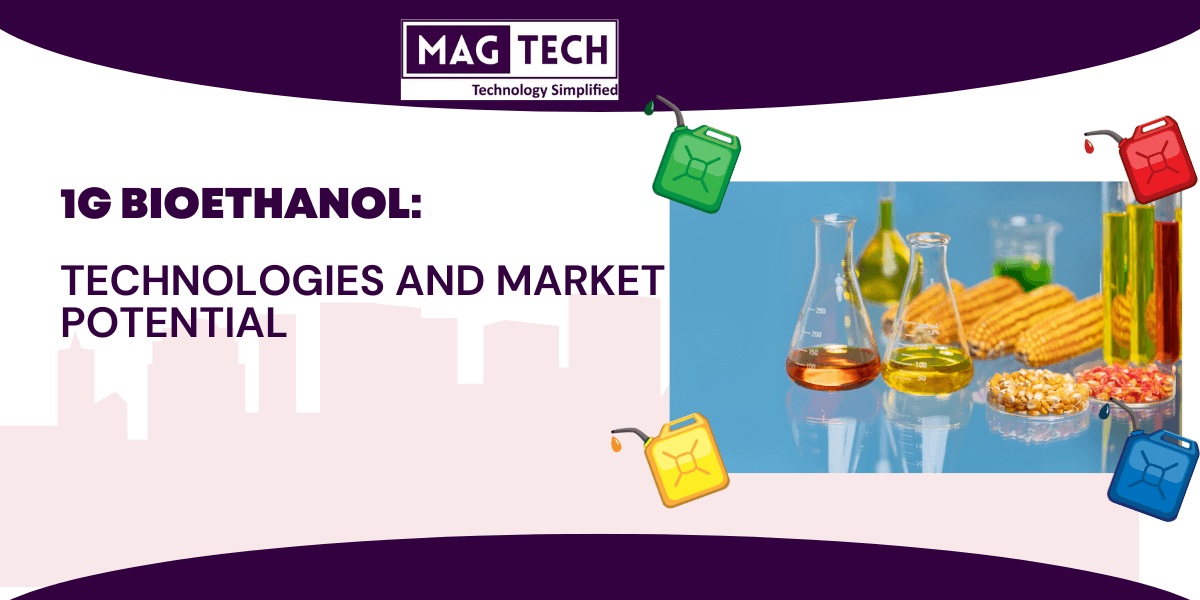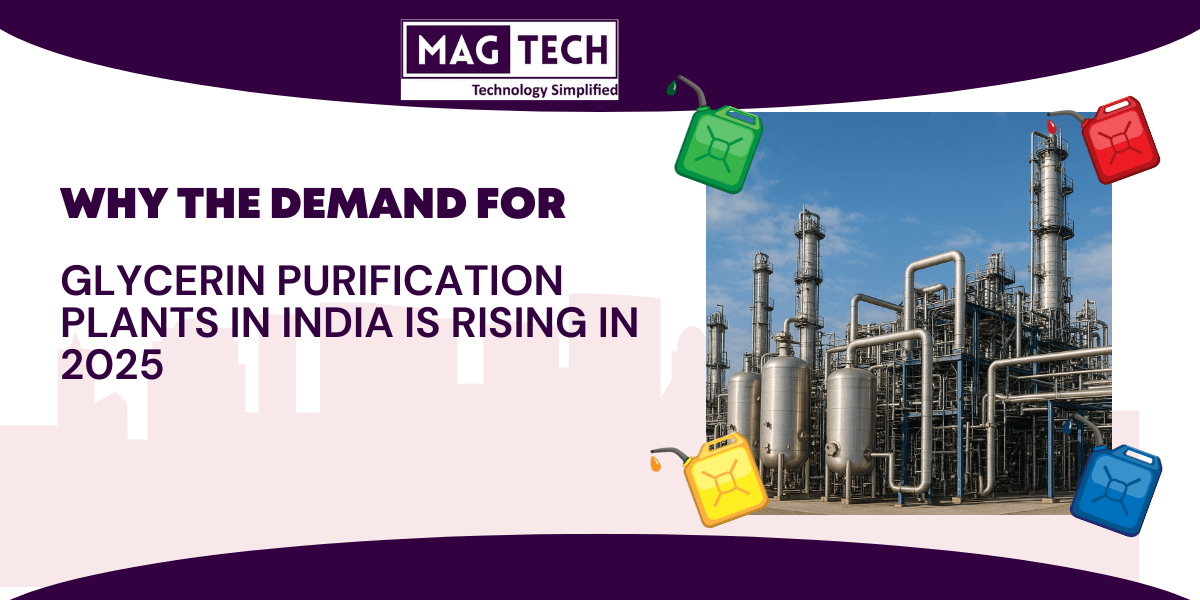In this blog we try to cover all the innovative uses of glycerin but before we start you need to know Glycerin, a valuable byproduct of biodiesel production, offers biodiesel manufacturers a promising avenue for revenue generation. Traditionally used in cosmetics and pharmaceuticals, its scope has expanded into cutting-edge fields like renewable energy, biodegradable plastics, and 3D printing.
By investing in advanced purification methods, manufacturers can transform crude glycerin into a high-demand commodity, fueling innovative uses of glycerin. This dual benefit of reducing waste and creating new income streams highlights glycerin’s role in driving sustainable and profitable growth.
For this, we need to understand the type of glycerin available and used in different industries.
Table of Contents
ToggleGlycerin Types Used in Industries (In Terms of Purity)
Glycerin, availed as a biodiesel byproduct, is 40 to 88% pure considering the process followed. This waste is separated and refined or sold in crude form to various buyers from different industries.
When purified at different levels, it fuels a diverse range of applications. The conventional uses of glycerin as per purity level are tabulated below.
| Grade | Purity Level (%) | Description | Typical Applications |
| Crude Glycerin | 40–88 | Byproduct of biodiesel containing impurities like methanol and salts. | Feedstock for purification or general industrial use. |
| Technical Grade | 98 | Refined and free from methanol or contaminants. | Industrial processes, chemicals, and manufacturing. |
| USP Grade | 99 | Pharmaceutical-grade glycerin of high purity. | Food, cosmetics, personal care, and medicines. |
| Chemically Pure (CP) | 99 | Known as Indian Pharmacopoeia (I.P.) grade in some regions. | Foods, cosmetics, and pharmaceutical applications. |
| Analytical Reagent (AR) | 98 | Higher standards than CP grade, suitable for precision work. | Laboratories and research purposes. |
| Industrially White (I.W.) | 98 | Standard-grade glycerin for industrial purposes. | Production of alkyd resins and chemicals. |
| Pale Straw (P.S.) | 98 | A light-colored, technical-grade glycerin. | Used in dye production and tobacco processing. |
| Dynamite Grade | 98.7 | High-purity glycerin designed for use in explosives. | Explosives and related industries. |
The purity levels, therefore, explain how different industries use glycerin, ranging from cosmetics to explosives. However, new innovative uses of glycerin have emerged, driving the use of advanced glycerin purification technologies worldwide.
Let’s take a quick look into the latest uses of glycerin to understand how it can impact biodiesel producers.
Innovative Uses of Glycerin: New Emerging Industry Trends
These innovative uses of glycerin in various industries explain how versatile this biodiesel byproduct is.
Food and Beverage Industry:
Glycerin is revolutionizing the food and beverage sector as a multifunctional ingredient. Its ability to retain moisture makes it a valuable additive in baked goods, confectionery, and processed foods, where it extends shelf life and enhances texture.
Glycerin increasingly used in sugar-free and low-calorie products to cater to health-conscious consumers as a natural sweetener. It also stabilizes emulsions in beverages, ensuring consistent flavor and texture. Glycerin’s role in pet food formulations, particularly in soft and moist varieties, ensures palatability while serving as an energy source.
Cosmetic and Personal Care Products:
Glycerin remains a cornerstone of cosmetic formulations due to its exceptional moisturizing properties. It acts as a humectant, attracting and retaining water to improve skin hydration and elasticity. Recent advancements have seen glycerin used in nanoemulsions, enabling deeper penetration of active ingredients in skin and hair care products.
Its non-comedogenic nature makes it suitable for sensitive and acne-prone skin. Additionally, glycerin serves as a stabilizer in formulations containing natural oils and water, ensuring product consistency and extended shelf life.
Pharmaceutical Innovations:
In the pharmaceutical sector, glycerin is a vital component in drug delivery systems. Laxatives, for example, leverage their osmotic properties, while, on the other hand, oral and topical medications rely on their role as a solvent and stabilizer.
Glycerin, therefore, increasingly uses in formulations requiring moisture control, such as eye drops, where, consequently, it prevents dryness and irritation. It also finds applications in suppositories, where its lubricating qualities enhance patient comfort. Advanced research explores glycerin-based hydrogels for wound dressings, offering antimicrobial properties and enhanced healing.
Green Energy and Biofuel Production:
Glycerin, a byproduct of biodiesel production, is emerging as a sustainable feedstock in energy applications. It utilizes this process to produce biogas, thereby enhancing methane yield in anaerobic digestion due to its high energy content.
Additionally, research into glycerin-based hydrogen production shows promise for fuel cell technology. Glycerin’s use as a combustion enhancer in industrial boilers reduces emissions and improves energy efficiency.
Agriculture and Livestock Feed:
The agricultural sector benefits from glycerin as an eco-friendly and energy-rich feed additive for livestock. It serves as a carbohydrate replacement in animal diets, improving weight gain and energy metabolism.
Glycerin-based formulations are also used in pesticides and fertilizers, enhancing product dispersion and adherence. Its non-toxic nature makes it suitable for sustainable farming practices, supporting soil health and crop yield.
Industrial and Chemical Applications:
Glycerin is increasingly using in industrial processes as a solvent, plasticizer, and intermediate. It serves as a key raw material in the production of biodegradable polymers and resins, supporting the demand for sustainable materials.
Glycerin derivatives, such as epichlorohydrin, utilize in epoxy resin production for automotive and construction industries. It also acts as a lubricant and anti-freeze agent in machinery, offering superior performance in extreme conditions.
Biodegradable Plastics:
Glycerin is gaining attention in the creation of biodegradable plastics, providing a sustainable alternative to traditional petroleum-based plastics. As a plasticizer, glycerin enhances the flexibility and durability of these materials. Biodegradable plastics are particularly valuable in applications such as food packaging, medical devices, and agricultural products, where environmental impact is a growing concern.
By incorporating glycerin, manufacturers can reduce plastic waste and promote eco-friendly packaging solutions. These biodegradable plastics break down more efficiently, minimizing their environmental footprint compared to conventional plastics.
Renewable Energy Storage:
Glycerin is playing an emerging role in renewable energy storage solutions, specifically in the development of bio-based electrolytes for batteries. These bio-based electrolytes, created from purified glycerin, can improve the performance and sustainability of energy storage systems.
Incorporating glycerin into the electrolyte formulation, therefore, enhances the efficiency of batteries, ultimately offering longer lifespans and, in addition, more effective energy storage. This application is crucial for the development of green energy technologies, as it supports the transition to cleaner and more sustainable energy systems.
Carbon-Neutral Fuels:
Innovative conversion is, in fact, purifying glycerin into clean-burning fuels, including marine fuel and fuel additives. Consequently, this process is contributing to the reduction of the carbon footprint in transportation. Glycerin’s transformation into carbon-neutral fuels involves a purification process that enhances its combustion efficiency, making it a viable alternative to conventional fossil fuels.
When used in marine applications, glycerin-derived fuels reduce harmful emissions and improve air quality. Glycerin’s use as a fuel additive further improves fuel efficiency, reducing the environmental impact of transportation.
3D Printing Materials:
Emerging research is exploring glycerin’s potential as a bio-ink for 3D printing applications. In this context, glycerin is combined with other materials to create printable bio-inks used in diverse fields such as personalized medicine, prosthetics, and food production.
Medicine, glycerin-based inks enable the creation of customized medical devices or drug delivery systems tailored to individual patients. In the field of prosthetics, glycerin-based 3D printing allows for the production of more flexible and comfortable prosthetic limbs.
Additionally, the use of glycerin in 3D printing materials opens the door for innovative food production; consequently, this enables the printing of food items with specific textures and shapes.
Glycerin Purification: New Technologies Unlocking New Potential
Purification is the key to adapting to the innovative uses of glycerin. Here’s how, consequently, advanced methods are being developed for sustainable purification of glycerin.
Adsorption Technology:
Adsorption removes small fatty acids, color, and odor from glycerin to enhance its purity. People commonly use activated carbon and, in addition, eco-friendly adsorbents like bentonite and tea waste to ensure, therefore, high-quality glycerin suitable for sensitive applications such as, for instance, pharmaceuticals.
Ion-Exchange Resins:
Ion-exchange resins swap ions in crude glycerol, removing salts and other impurities. This energy-efficient method allows for customizable purification depending on the salt concentration in glycerin, making it suitable for various refining applications, especially when salt content is low.
Coagulation and Flocculation:
Coagulation and flocculation, therefore, neutralize colloidal charges and, as a result, form larger aggregates to easily remove suspended particles and ions. This two-step process helps improve glycerin purity, especially for pre-treatment, by effectively eliminating contaminants like chloride and iron.
Membrane Separation Technology:
Pressure-driven and thermally driven membrane separation techniques utilize filters and temperature gradients to purify glycerin. Ceramic membranes, used in cross-flow filtration, are energy-efficient and durable. Additionally, membrane distillation and electrodialysis further enhance glycerin purity, especially by removing water and salts.
These methods, when implemented, will unlock new potential for biodiesel producers to purify crude glycerin and utilize the emerging industrial applications to generate more revenue.
For this, your biodiesel manufacturing unit will need the latest glycerin purification unit to create a new path for revenue generation.
MAGTECH: Harnessing New Uses of Glycerin for Biodiesel Producers
With over 10 years of experience, MAGTECH is at the forefront of glycerin purification and its innovative applications for biodiesel producers. Our expertise ensures that biodiesel producers can efficiently utilize high-quality glycerin for sustainable production processes.
From advanced purification techniques to creating eco-friendly solutions, MAGTECH will assist you in scouting the dimensions of innovative uses of glycerin and unlock the full potential of your biodiesel operations.
Contact us today to learn how we can support your biodiesel production needs with precision and sustainability.


